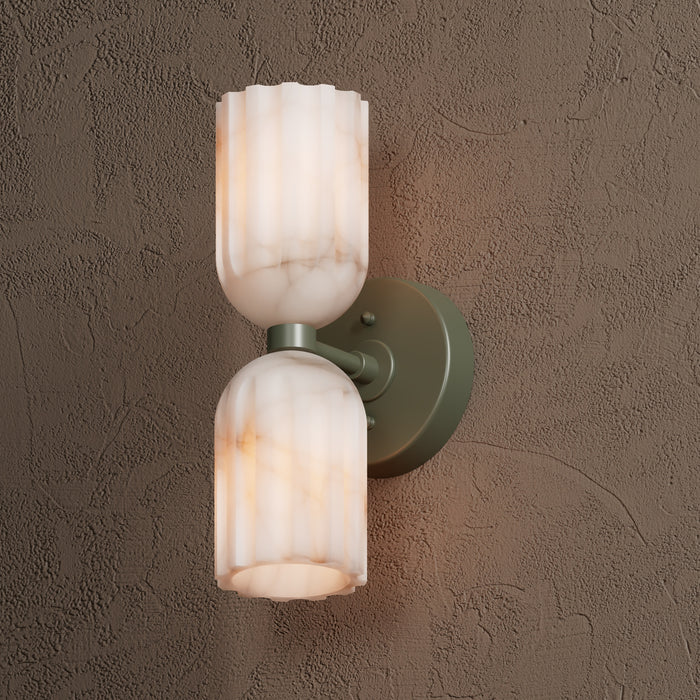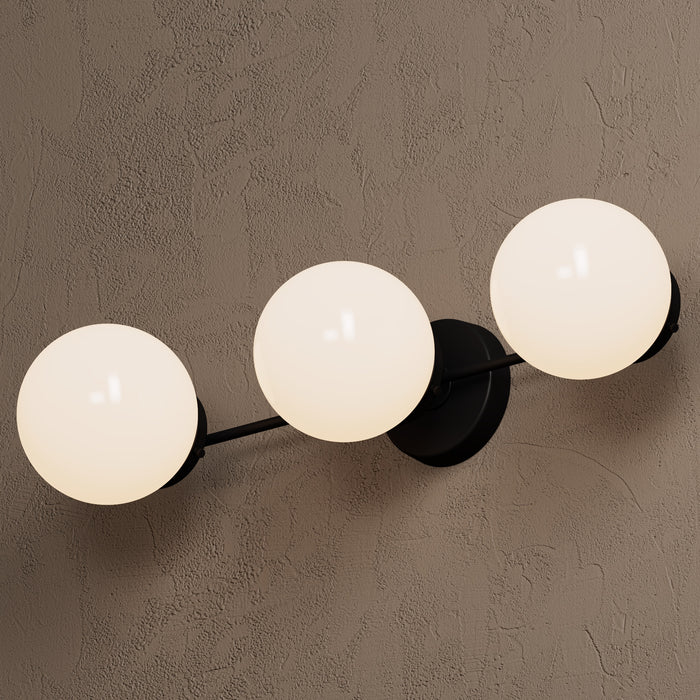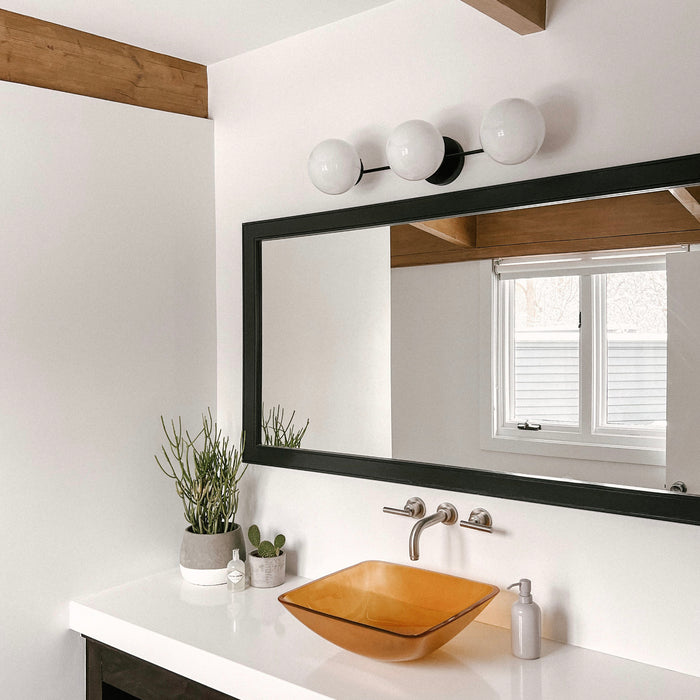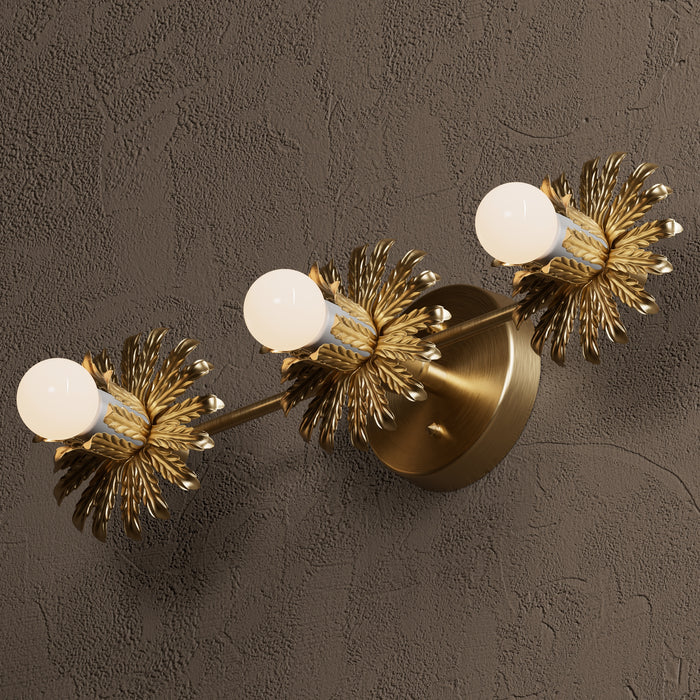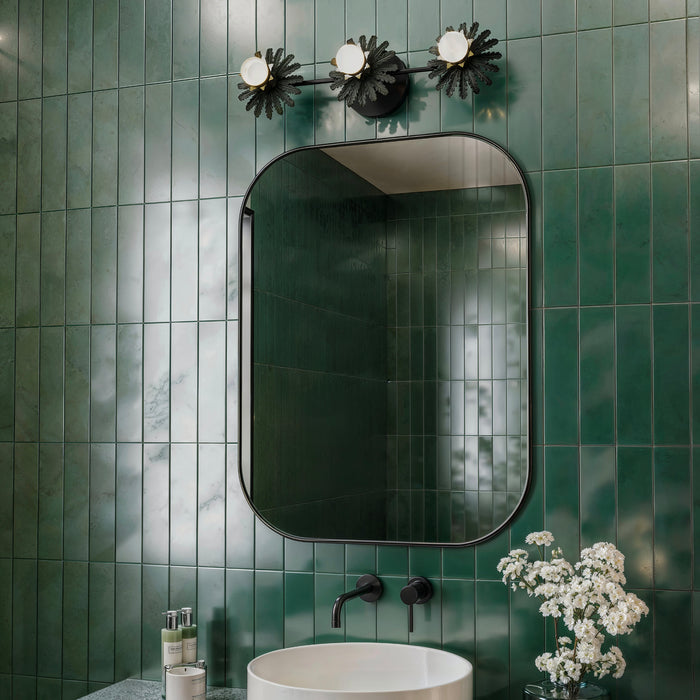Minimalist lighting is a design style that values simplicity, clean lines, and utility. In an era where less is more, minimalist lighting has grown in favor due to its ability to create tranquil, uncluttered, elegant, and functional rooms.
This blog will explain minimalist lighting and why it could be the best option for your house.
What is Minimalist Lighting?
Its simplicity and subtle elegance defines minimalist lighting. Here are the main characteristics that distinguish this style:
Clean Lines: Minimalist lighting fixtures frequently use straight lines and basic forms, avoiding elaborate patterns and unnecessary adornment.
Neutral hues: These fixtures are often available in neutral hues such as black, white, gray, and metallics, which combine well with a variety of interior designs.
Functionality: Each piece in minimalist lighting has a function. The design focuses on delivering ample illumination without superfluous components.
Subtlety: The idea is to improve the place without overwhelming it. Minimalist lighting fixtures are often sleek and subtle, contributing to the room's mood without garnering too much notice.
Types of Minimalist Lighting Fixtures
Wall sconces
Minimalist wall sconces are an excellent method to add simple lighting to your house. These wall-mounted lights provide gentle, ambient light that can emphasize architectural details.
Placement: Minimalist wall sconces are ideal for corridors, living rooms, and bedrooms, where they can create a warm, comforting glow at eye level.
Design Tip: Choose sconces with clean lines and a matte finish to complement the minimalist look.
Semi-Flush Mounts
Semi-flush mount lights are also a good choice for minimalist lighting. These lights dangle just below the ceiling, delivering plenty of light while keeping a modest profile. They're ideal for spaces with conventional ceiling heights.
Semi-flush mounts are ideal for bedrooms, living rooms, and entryways, providing a streamlined design that fits minimalist décor.
Design Tip: To maintain the style unified and uncomplicated, use fixtures that are basic, round, or square in shape.
Pendant Lights
Pendant lights are adaptable fixtures that can be utilized in a variety of settings, including kitchens, dining areas, and bedrooms. They are frequently used in modern minimalist light fixtures to showcase clean, linear shapes and subtle hues.
Placement: Place modern minimalist light fixtures over kitchen islands, dining tables, or reading nooks to give concentrated task illumination.
Design Tip: To retain the minimalist vintage style, choose pendants with a basic design, such as a single bulb enclosed in a transparent or frosted glass shade.
Goals of Minimalist Lighting
Minimalist lighting seeks to accomplish many fundamental objectives that improve the entire living environment:
Minimalist lighting promotes harmony and visual flow in a space by employing basic, consistent designs. The clean lines and neutral hues bring the area together, making it seem coherent and balanced.
Highlight Architectural Features: Minimalist lighting fixtures are intended to focus emphasis on a space's architectural components rather than the lighting itself. This allows the room's design elements to shine out.
Minimalist interiors frequently stress natural light by including wide windows, skylights, and transparent separators to reduce the need for artificial lighting. This results in a bright, airy atmosphere.
Provide Versatility: Minimalist lighting fixtures are frequently intended to be adjustable and multifunctional, allowing for greater flexibility in lighting requirements and creating a more practical area. This versatility makes it easy to alter the illumination for various activities.
Relaxing: Minimalist lighting may create a relaxing and appealing ambiance by combining ambient, job, and accent lighting designs. This strategy guarantees that the lighting contributes to the overall ambiance of the place.
Reduce Clutter: Minimalist lighting fixtures are intended to be inconspicuous and blend into their environment, eliminating visual clutter and generating a sense of space. This minimalism contributes to the space's sense of spaciousness and order.
Emphasize Functionality: Minimalist lighting focuses on the practical components of lighting, ensuring that it serves a purpose without distracting from the overall design of the area. The emphasis on practicality means that the lighting is both useful and visually appealing.
Why Choose Minimalist Lighting?
There are a few strong reasons to select minimalist lighting for your home:
Minimalist lighting creates a calm and serene environment by removing visual clutter. The clean lines and basic patterns add to the impression of order and peace.
- Enhances Functionality: Minimalist lighting prioritizes utility, ensuring that each fixture has a purpose. This strategy results in well-lit, functional, and aesthetically pleasing rooms.
- Versatile and Timeless: Minimalist lighting fixtures are adaptable and may compliment a variety of design styles, including modern, industrial, and Scandinavian. Their classic design assures they will be fashionable for years to come.
- Energy Efficient: Many minimalist lighting fixtures include LED technology, which is both energy-efficient and long-lasting. This not only reduces energy usage, but also cuts maintenance expenses.
- Highlights Architectural Features: Minimalist lighting allows you to highlight architectural details, artwork, or furniture without dominating the environment. The soft illumination improves the overall appearance of your property.
Consider minimalist globe ceiling light fixtures for a blend of simplicity and elegance. These lights provide a soft, diffused glow that complements the vintage minimalist aesthetic, adding both style and functionality to any space.
How to Incorporate Minimalist Lighting in Your Home
- Start with a Plan: Evaluate your lighting requirements and determine where each fixture will be put. Consider the purpose of each area and the type of lighting needed, such as ambient, task, or accent lighting.
- Choose Simple Designs: Look for fixtures with simple lines and neutral hues. Avoid elaborate patterns and go for minimalism.
- Layer Your Lighting: To get a balanced and well-lit room, combine several forms of minimalist lighting, such as wall sconces, semi-flush mounts, and pendant lights.
- Install dimmers: To modify lighting settings based on your needs. This provides versatility and complements the minimalist style by giving you control over the ambiance.
- Keep it uncluttered: Make sure the lighting fixtures do not crowd the room. Minimalist lighting should improve the space without being the main point.
Summary
Minimalist lighting is ideal for individuals who value simplicity and functionality. Minimalist lighting produces a peaceful and timeless environment in any house by combining clean lines, neutral hues, and purposeful design. Whether you choose wall sconces, semi-flush mounts, or pendant lights, keep the design simple and uncomplicated. Accept the elegance of minimalist lighting and convert your house into a calming and pleasant oasis.
What is minimalist lighting?
Minimalist lighting emphasizes simplicity, clean lines, and utility, with fixtures featuring subtle designs and neutral hues.
Why should I choose minimalist lighting?
Minimalist lighting promotes a quiet and tranquil ambiance, improves functionality, is adaptable and ageless, saves energy, and accentuates architectural characteristics.
Where can I use minimalist wall sconces?
Wall sconces can be utilized in corridors, living rooms, and bedrooms to provide ambient light while accentuating architectural details or artwork..
How should I place semi-flush mounts in a minimalist design?
Semi-flush mounts are ideal for bedrooms, living areas, and entryways. To achieve a minimalist style, use fixtures with basic designs and a low profile.
What are some tips for using pendant lights in a minimalist design?
Hang pendant lights over kitchen islands, dining tables, and reading nooks. To complete the minimalist look, use pendants with sleek, linear designs and subtle hues.
